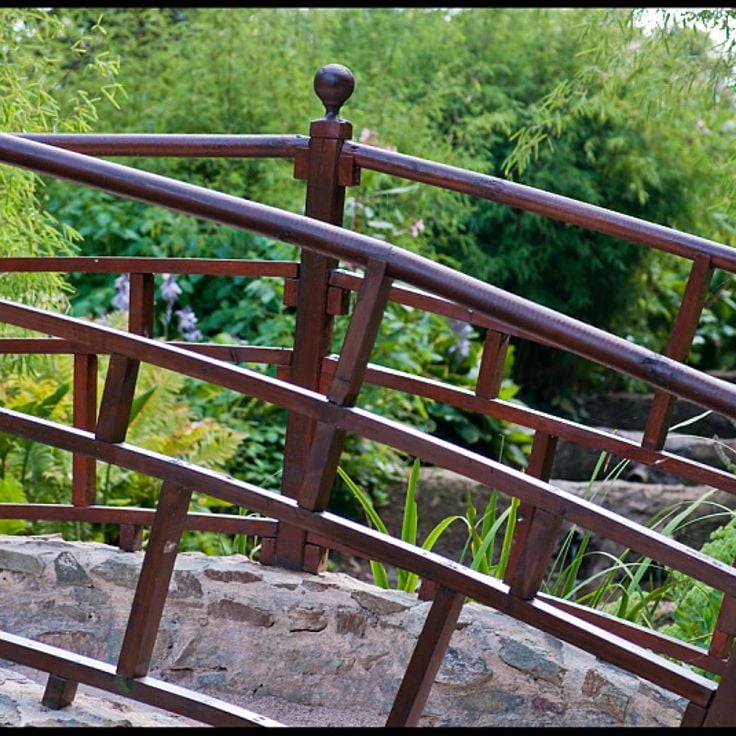These botanical gardens in France feature rare plant species, historical sites and Mediterranean landscapes. From medieval monastery gardens to Japanese garden designs, each location presents its own botanical collection.
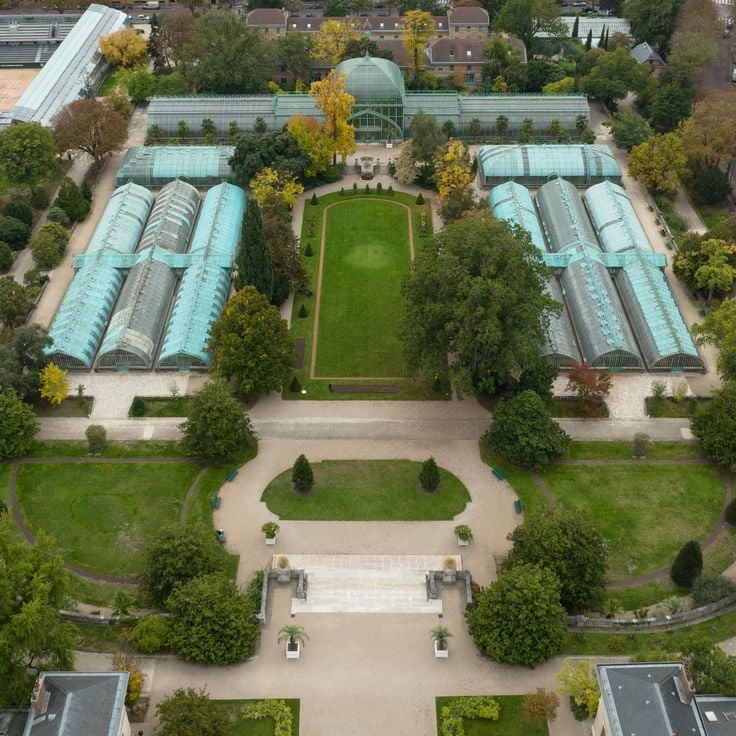
Paris, France
Jardin des Serres d'AuteuilThe Jardin des Serres d'Auteuil covers six hectares in the western section of the Bois de Boulogne. This botanical garden was designed by Jean-Camille Formigé in the late 19th century and features five monumental glass and metal greenhouses. The collections include tropical plants, palms, azaleas, and ferns from different continents. The French garden combines geometric layouts with themed plant sections, providing insight into Belle Époque garden architecture.
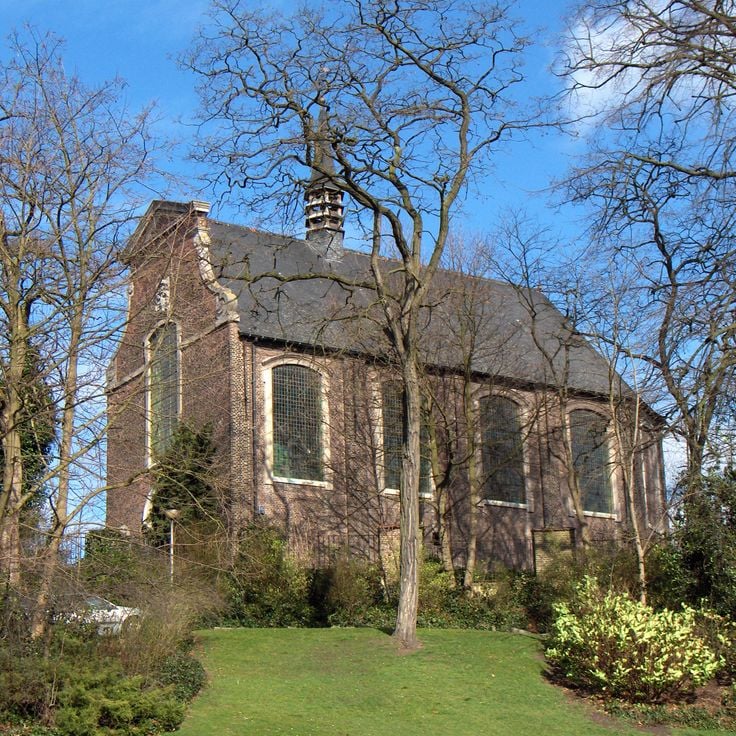
Orléans, France
Campo SantoThe Campo Santo is a fortified historic cemetery from the 12th century in the heart of Orléans. Thick stone walls enclose a rectangular courtyard that now serves as a botanical garden. Several hundred plant species thrive between the old gravestones and arcades. Medicinal herbs, ornamental plants and rare tree species can be found here. The gallery with Romanesque arches provides shelter for delicate specimens. The cemetery was established in the Middle Ages and later served as a teaching garden for medical students. Today this site combines history, architecture and botany in a protected urban space.
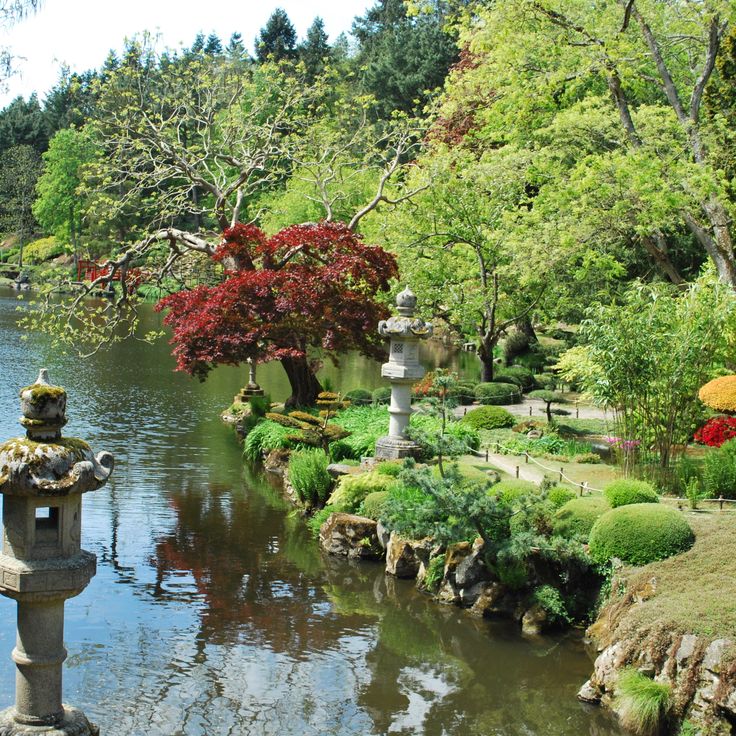
Maulévrier, France
Parc Oriental de MaulévrierThe Parc Oriental de Maulévrier covers 29 hectares and was created between 1899 and 1913 by Alexandre Marcel. This Japanese garden follows Edo period principles and organizes its vegetation along a ritual path around a central lake. The site features characteristic elements including red bridges, stone lanterns, and a Khmer-inspired temple. The park contains over 400 plant species, including Japanese maples, azaleas, and bamboo. The design respects traditional symbolism with three islands representing longevity, health, and prosperity.
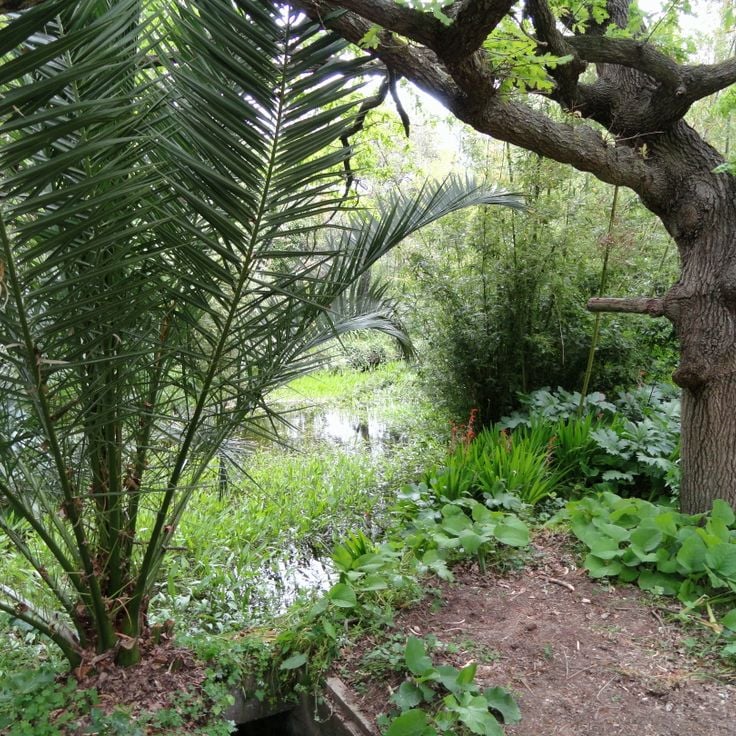
Antibes, France
Jardin Botanique de la Villa ThuretThe Jardin Botanique de la Villa Thuret covers 3.5 hectares on Cap d'Antibes and was established in 1857 by Gustave Thuret. This botanical garden serves as a research center for the French institute INRAE and houses approximately 2500 plant species from subtropical and Mediterranean regions. The collection includes numerous specimens from Australia, South Africa, California and the Mediterranean basin. The grounds were created to study the acclimatization of exotic species on the French Riviera. Visitors can walk through different thematic sections and observe scientific experimental plantings.

Villeneuve-sur-Allier, France
Arboretum de BalaineThe Arboretum de Balaine was established in 1804 and ranks among the oldest botanical gardens in France. The estate covers 20 hectares and houses approximately 2500 tree species from different continents. The collection includes specimens from Europe, Asia, North America and other regions. Visitors can walk through designed pathways and discover various vegetation zones. The arboretum serves the conservation of rare species and botanical research. The historical grounds have been expanded and maintained over generations.
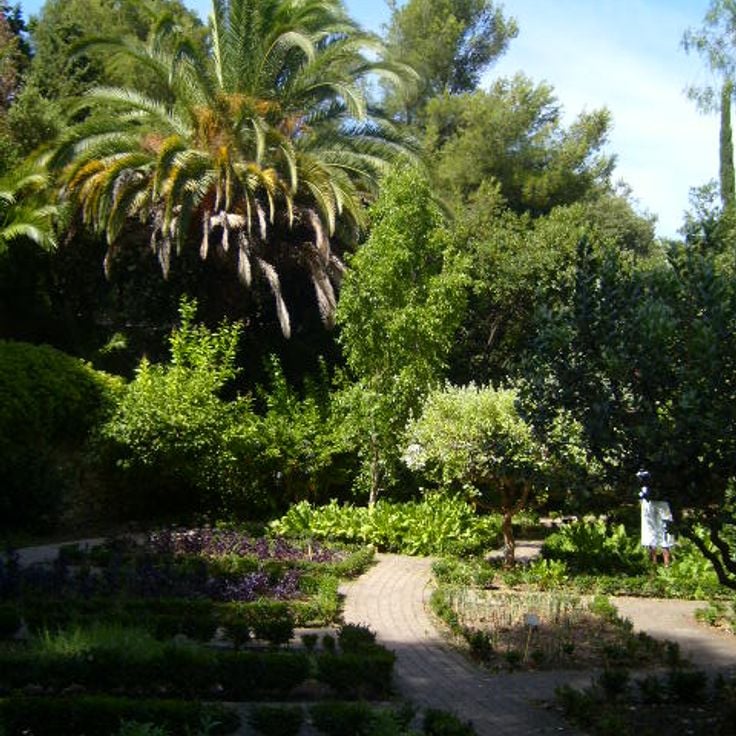
La Ciotat, France
Parc du MugelThe Parc du Mugel covers 12 hectares on the slopes of Cap de l'Aigle and features a collection of Mediterranean and exotic plant species. This botanical garden combines native vegetation with imported species from various climate zones. Terraced paths lead through different sections displaying palms, succulents, cypress trees, and rare tree varieties. The park also contains natural rock formations and provides visitors with access to viewpoints overlooking the Mediterranean Sea and the bay of La Ciotat.
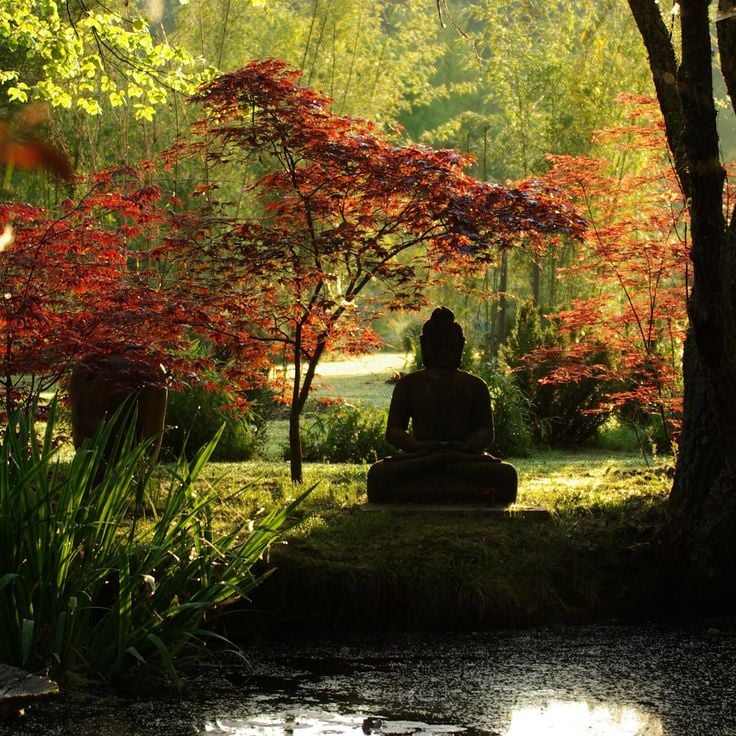
Thermes-Magnoac, France
Jardins de la Poterie HillenThe Jardins de la Poterie Hillen span two hectares and combine ceramic art with botanical diversity. These gardens house more than 2000 plant species from different climate zones and continents. The site was designed by the Hillen pottery family, whose ceramic works blend naturally into the garden layout. Visitors discover themed areas featuring Mediterranean plants, perennials, grasses and rare tree species. The combination of traditional craftsmanship and horticultural knowledge makes these gardens a distinctive destination in the Hautes-Pyrénées region.
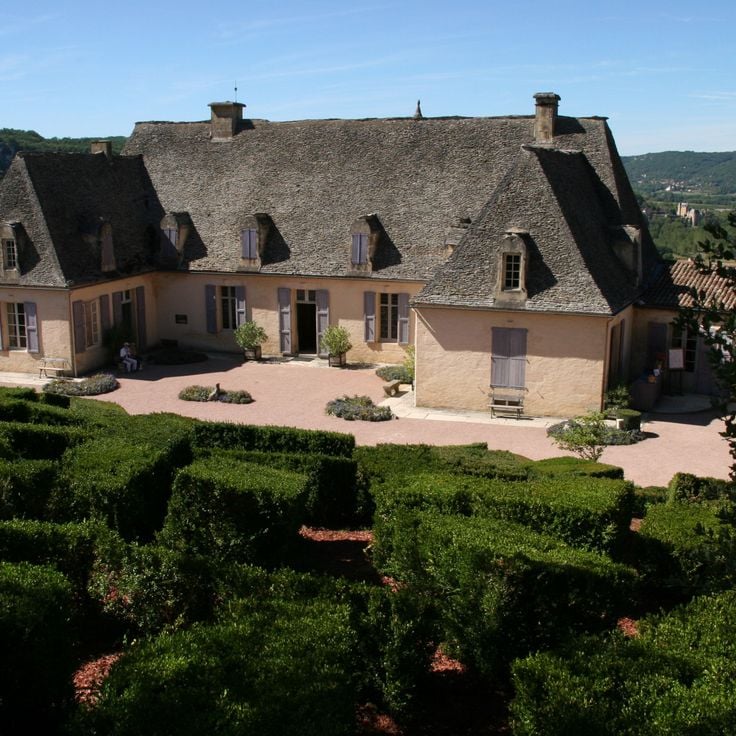
Vézac, France
Gardens of MarqueyssacThe Jardins de Marqueyssac cover 22 hectares overlooking the Dordogne Valley and display more than 150,000 hand-pruned boxwood trees. These gardens, established in the 17th century, were redesigned in the 19th century under the direction of Julien de Cerval, who gave them their characteristic curved shapes. A 6-kilometer walking path winds through different terraces and offers viewpoints of the surrounding castles of Castelnaud, Beynac, and Fayrac. The garden preserves traditional pruning techniques and includes stone oaks, cypress trees, and Mediterranean plant species alongside the boxwood formations.
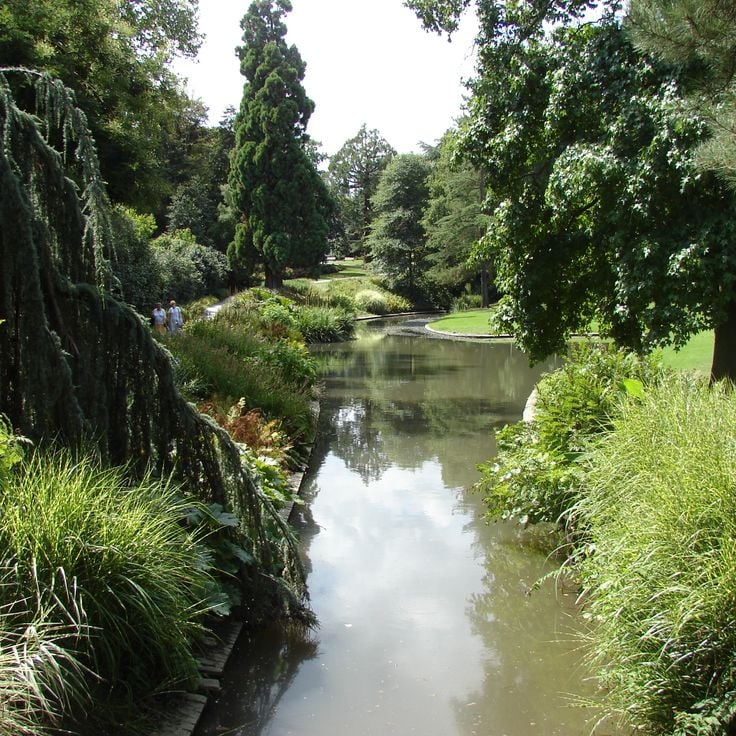
Nantes, France
Parc de ProceParc de Procé covers 11 hectares in western Nantes, combining English and French garden design from the 18th century. The estate includes Château de Procé, built in 1789 and now housing a museum, along with centuries-old trees such as Lebanon cedars and sequoias. The expansive lawns and winding paths provide space for walking, while a rose garden and various themed plantings showcase the park's botanical diversity. Families appreciate the playgrounds and open areas, while history enthusiasts can explore the neoclassical architecture of the main building.
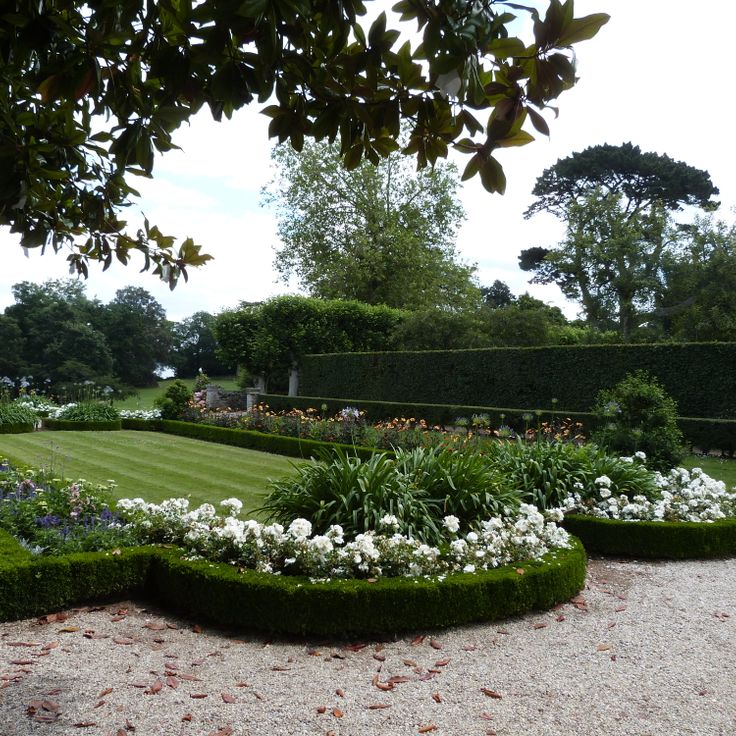
Pleurtuit, France
Montmarin gardensThe Jardins de Montmarin span six hectares along the Rance estuary, combining 18th-century French garden design with coastal vegetation. The historic estate features terraced levels overlooking the river, shaded pathways beneath mature trees, and beds filled with hydrangeas, camellias, and rhododendrons. Created in the 18th century and restored after decades of neglect in the 20th century, the gardens offer visitors a walk through distinct garden rooms, the orangery, and collections of Mediterranean and exotic plants that thrive in Brittany's mild climate.
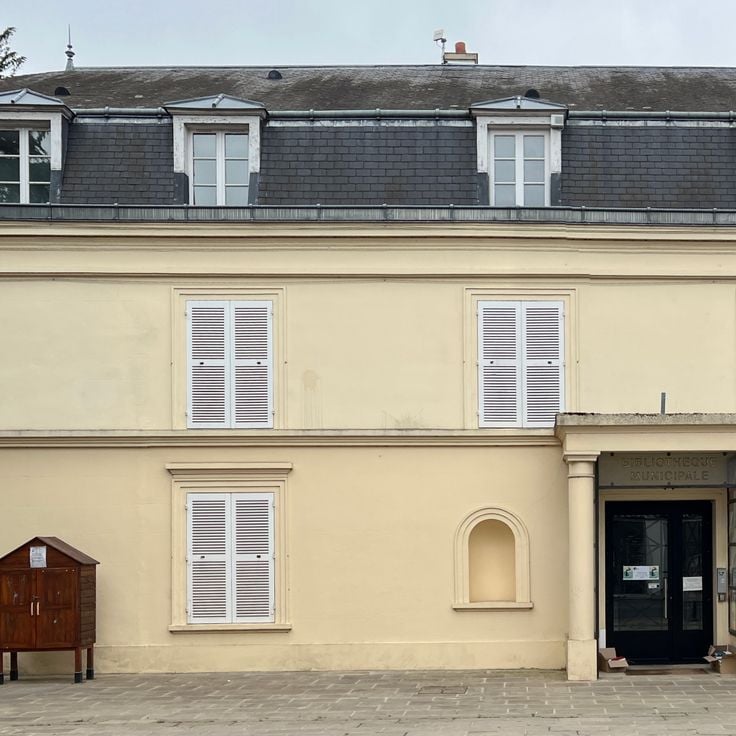
Amboise, France
Château GaillardChâteau Gaillard was built in the late 15th century by Charles VIII and houses one of the first Renaissance gardens in France. These historic gardens served as an experimental ground for plants imported from Italy and new cultivation techniques. Today, the park presents collections of Mediterranean and exotic species inspired by royal expeditions. The terraces offer views over the Loire and surrounding vineyards. The garden combines botanical research with the history of the French Renaissance.
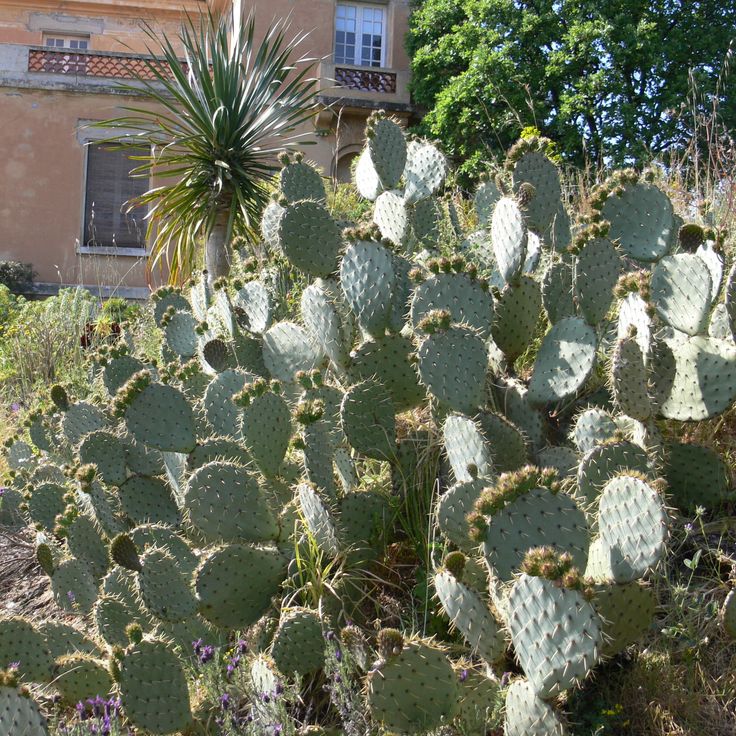
Rayol-Canadel-sur-Mer, France
Domaine du RayolThe Domaine du Rayol extends over twenty hectares along the Var coastline and presents plant collections from various Mediterranean climate zones worldwide. This botanical garden displays vegetation from California, Chile, South Africa, Australia, and the Mediterranean basin. The estate was created in the 1910s and later redesigned by landscape architect Gilles Clément. Visitors discover themed gardens that follow the hillside down to the sea, as well as an underwater trail for exploring marine flora.

Husseren-Wesserling, France
Parc de WesserlingThe Parc de Wesserling covers five hectares at the foot of the Vosges Mountains, combining historic garden design with industrial heritage. The grounds include an 18th-century French garden, an English landscape garden, a Mediterranean garden, and several themed gardens. This site forms part of a former royal textile manufacturing complex and demonstrates the evolution of garden art from the Baroque period to modern times. Visitors can explore rare plant species, historic greenhouses, and rotating exhibitions on the region's textile history.
The Parc Floral et Tropical de la Court d'Aron features an extensive collection of tropical and subtropical plants organized in themed gardens. This botanical garden includes greenhouses housing exotic species from various climate zones, along with outdoor areas displaying seasonal flower beds. Each year, the park hosts a festival dedicated to lotus flowers, attracting visitors from across the region. The grounds serve both recreational and educational purposes, promoting botanical knowledge and plant conservation.
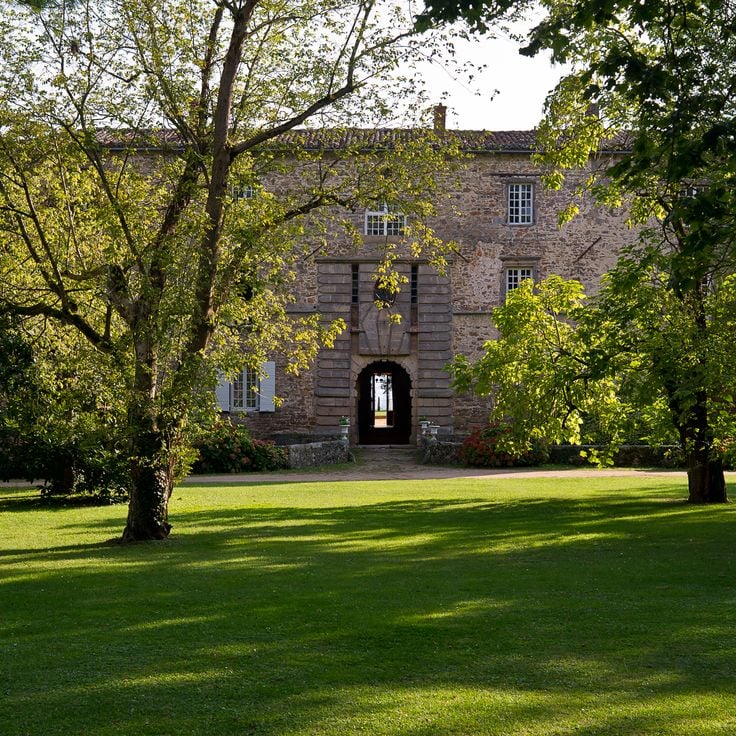
Chassagny, France
Château de Chassagny GardensThe gardens of Château de Chassagny occupy a medieval site surrounded by moats dating from the 13th century. The estate was established during this period and underwent modifications in subsequent centuries. The layout combines historical garden design with plantings organized into thematic sections. Visitors can explore different garden rooms defined by hedges and water features that reflect the evolution of French garden traditions.

Nice, France
Parc PhœnixParc Phœnix covers seven hectares at the western entrance to Nice, combining botanical collections with zoological facilities. The park's main feature is the Diamant Vert greenhouse, which houses tropical and subtropical plants from all continents. The park presents thematic gardens including a Mediterranean garden, a rose garden and water features with water lilies. The plant collections include palms, succulents, orchids and carnivorous plants. Several bird species inhabit the outdoor areas, while the greenhouse contains butterflies and tropical birds.

Eygalières, France
Jardin de l'AlchimisteThe Jardin de l'Alchimiste in Eygalières organizes its plantings according to medieval alchemical principles. The grounds are divided into distinct sections, each representing a stage of alchemical transformation. Various plant species are arranged according to their symbolic significance in alchemy. Water features and stone formations complement the thematic design. This garden combines historical knowledge of medieval sciences with botanical cultivation.

Mane, France
Prieuré de SalagonThe Prieuré de Salagon presents five thematic garden areas that illustrate different periods and uses of plants. The medieval garden displays species cultivated in monasteries, while the modern garden demonstrates contemporary design principles. The medicinal plant garden assembles plants with therapeutic properties, and the aromatic plant garden focuses on fragrant species. The traditional regional crops area documents agricultural practices of Provence. This site combines historical research with practical botany, offering insight into the evolution of garden design and the traditional use of plants in southern France.

Vendeuvre, France
Château de VendeuvreThe gardens of Château de Vendeuvre feature an exceptional 18th-century water feature system. The installation includes hidden fountains that surprise visitors, along with mechanical devices positioned throughout various areas of the estate. These playful elements were characteristic of French gardens of the period and served to entertain guests. The historical water system remains operational today, demonstrating the hydraulic engineering skills of the era.

Saint-Gabriel-Brécy, France
Jardins du Château de BrécyThe gardens of Château de Brécy extend across five terraces created during the 17th century. This layout combines French garden design with Italian elements. Stone balustrades separate the different levels, while rectangular water basins and symmetrical beds emphasize the geometric composition. Sculptures and decorative vases adorn the axes. These gardens represent a significant example of classical garden design in Normandy.
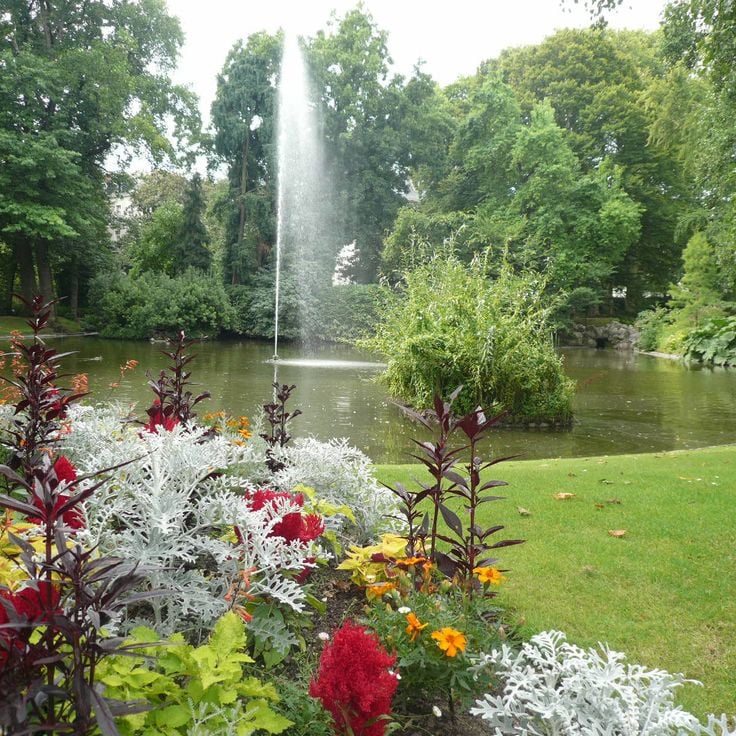
Nantes, France
Jardin des Plantes de NantesThe Jardin des Plantes de Nantes was established in 1807 and covers seven hectares in the city center. This botanical garden houses more than ten thousand plant species from all continents across its thematic areas and greenhouses. The camellia gallery displays a significant collection of these flowering plants that arrived in Nantes during the 19th century. The eight hundred square meters of greenhouses showcase tropical and subtropical vegetation. The garden combines scientific collections with French and English landscape design principles.
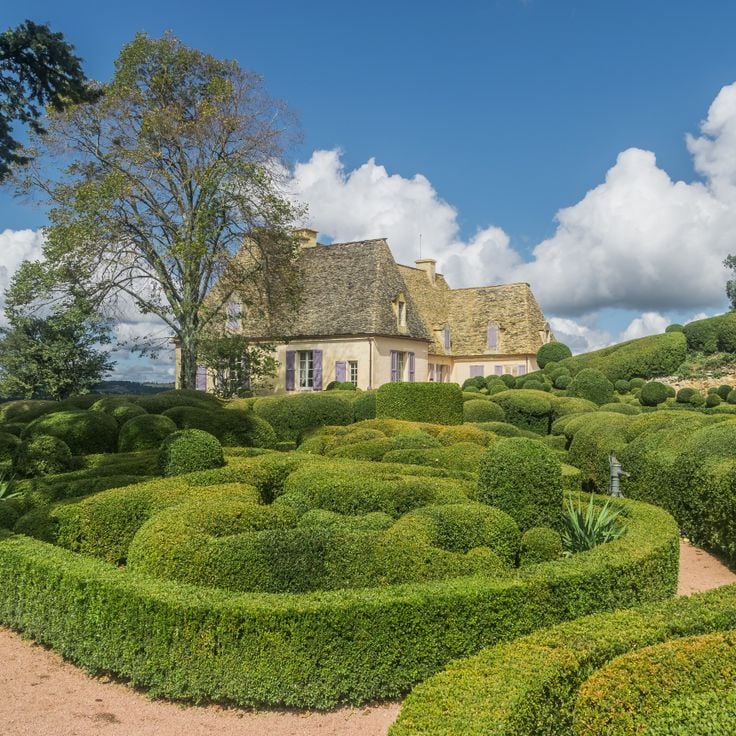
Dordogne, France
Les Jardins Suspendus de MarqueyssacThe Jardins Suspendus de Marqueyssac occupy a limestone cliff above the Dordogne River. The garden contains 150000 hand-trimmed boxwood trees distributed along 6 kilometers of winding paths. Created in the 19th century, the site provides viewpoints over the valley and surrounding Périgord castles.
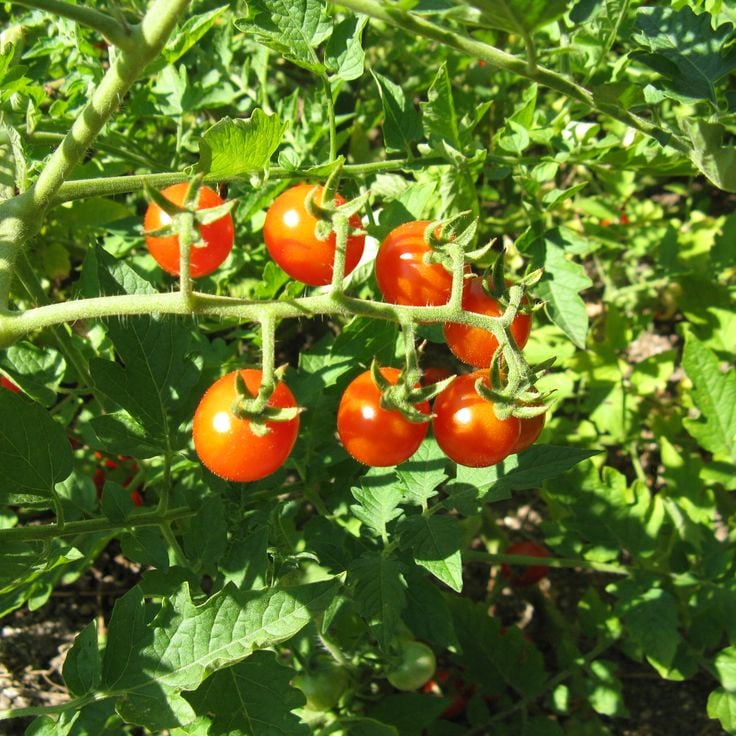
Limeuil, France
Jardins Panoramiques de LimeuilThe Jardins Panoramiques de Limeuil spread across a hillside at the confluence of the Dordogne and Vézère rivers. This botanical garden houses over 450 plant species from various regions of France and features thematic sections including medicinal plants, aromatic herbs, and regional flora. The terraced layout provides direct views over both rivers and the medieval village of Limeuil. The park includes educational installations about biodiversity and local ecosystems, along with collections of traditional vegetable varieties from the Périgord region.
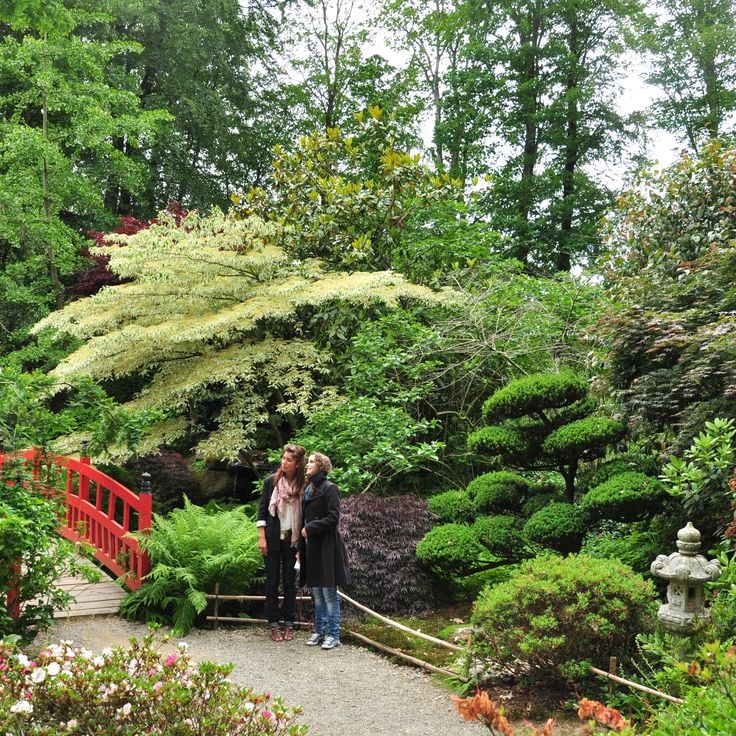
Le Châtellier, France
Parc Botanique de Haute BretagneThe Parc Botanique de Haute Bretagne was established in 1847 and covers 25 hectares in the Ille-et-Vilaine department. This botanical garden is divided into 24 thematic sections representing different geographical regions and garden styles. The collection includes approximately 7000 plant species from all continents. A Japanese garden featuring traditional elements such as ponds, bridges and characteristic trees forms one of the main areas. Other sections are dedicated to Mediterranean plants, English perennial gardens and native woodland landscapes. The park is located within a historical estate and combines scientific plant collections with landscape architecture.

Giroussens, France
Jardin des MartelsThe Jardin des Martels covers an area of 35,000 square metres and houses a collection of 2,500 plant species from different climate zones. The garden features several water gardens with ponds where water lilies and other aquatic plants grow. A farm with regional animal breeds is also located on the grounds. The site combines botanical collections with landscape design and offers visitors the opportunity to discover different garden types and plant families.
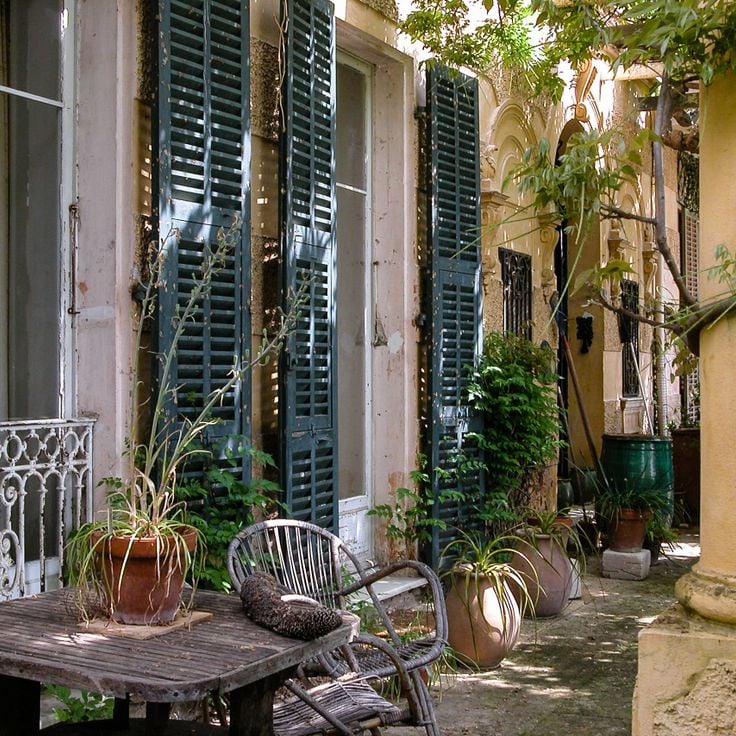
Menton, France
Le Clos du PeyronnetLe Clos du Peyronnet is a terraced garden from the early 20th century that extends across the hillsides above Menton. The garden combines Italian and English garden design with Mediterranean vegetation. The site includes multiple levels with water basins, fountains and cascades, connected by stairs and stone pathways. The planting consists of palms, cypresses, olive trees along with an extensive collection of iris varieties and citrus plants. The garden has been maintained by the same family for four generations and preserves its original character.

Trédarzec, France
Gardens of KerdaloThe Jardins de Kerdalo span 18 hectares along the Jaudy River, combining different garden styles with French terraces, English lawns and exotic plant collections. The estate includes an 18th-century English park surrounding the historic manor house, along with several ponds and streams flowing through the grounds. The plantings feature rhododendrons, camellias, palms, bamboo and rare tree species from Asia and South America. The various garden areas have been developed since the 1960s and offer themed zones with different botanical focuses.
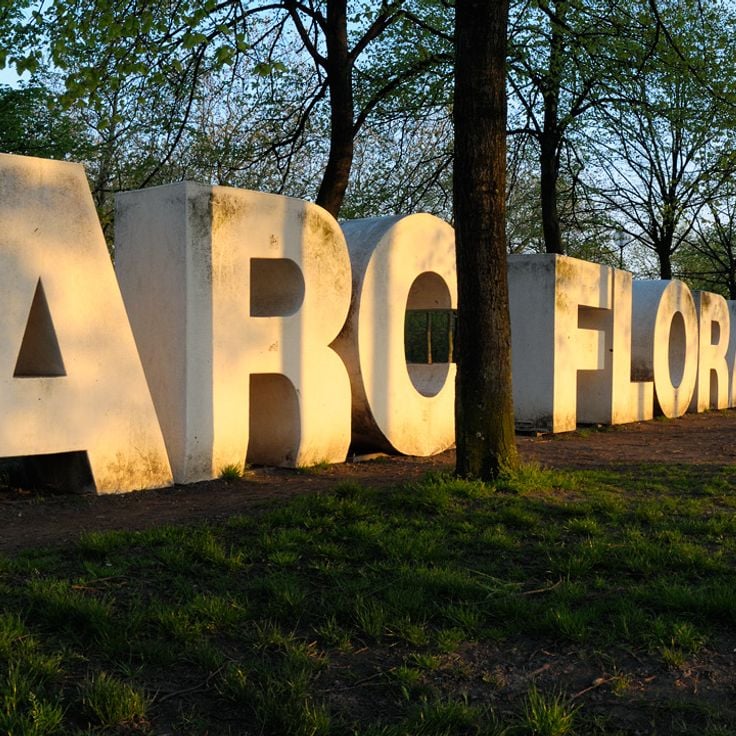
Paris, France
Le Parc Floral de ParisThe Parc Floral de Paris spans 31 hectares within the Bois de Vincennes and houses approximately 3000 plant species from various climate zones. The park features thematic gardens, including a butterfly garden, several ponds with aquatic plants, and collections of irises, rhododendrons, and medicinal plants. The grounds also serve as a venue for horticultural exhibitions and concerts during the summer months.
